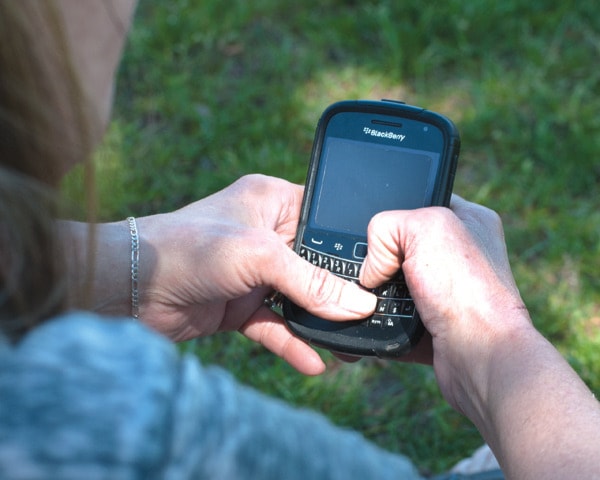Deb can drive her car, talk on the phone, cook, play with her grandchildren, care for her dogs and do the things most people can. From the outside you would never be able to tell she suffered from a stroke 22 years ago.
“People see you walking down the street perfectly normal and they don’t know what’s going on or isn’t going on and there’s times it’s frustrating,” Deb said. “People don’t get it.”
When she was 34, Deb, who wished not to use her real name, woke up without the use of half her body, falling to the floor due to the paralysis on her right half. Her husband later told her that she couldn’t talk properly, although in her mind she was speaking perfectly fine. When she made it to the hospital in Terrace she stayed for a month, followed by another three weeks at St. Paul’s in Vancouver. Deb had to relearn everything that was once second nature to her.
“I didn’t know how to make a phone call. I had to learn how to read, talk, walk,” said Deb, who currently resides in Sicamous.
Although she got her body back, parts of her mind have never worked the same. Most people would never know that she was the victim of a stroke, but inside she deals with the repercussions everyday. Some days are good. Some days are bad.
“If I’m tired my head doesn’t work. It goes on a holiday every night around 7:30,” Deb said.
She often can’t remember where her keys are, although they are in the same place everyday. She makes excessive lists, because she knows she won’t remember things she’s done or needs to do. She doesn’t work because she isn’t able to operate a computer.
“There is no course that teaches a brain that doesn’t work,” Deb said.
She has spent six years trying to master a laptop separate from her home desk-top because she’s afraid she will accidentally send away banking information. She is very limited on her cell phone, learning the basics over the course of about a year. But the biggest problem Deb deals with is how to make people understand her disability, because to everyone else but her, it’s invisible.
“I don’t know how you can get the public to understand people’s injuries aren’t always visible, because they can be,” Deb said. “Society has got to figure out a way to start understanding people’s disabilities. There’s got to be more information.”
She knows that people think she’s different but even the people who know her situation don’t seem to grasp why she is the way she is. She lives out of town and says she has separated herself from people.
“They still to this day don’t get it. If your family doesn’t get it how’s the public supposed to get it,” Deb said. “I’m really OK. But, I wish there was a way for people to learn more.”
Deb struggles with the fact that people don’t understand hidden disabilities, but also that people don’t realize it could be them. Deb was 34 when she had a stroke, not 84.
“It could be anybody. Thirty-four is too young to have a stroke.” Deb said.
At the time, she didn’t even know what a stroke was. She fears that most people probably don’t understand what a stroke is and that the stereotypes don’t encourage people to learn. She says there’s more information available now, but not enough. She says if she had known more about the signs of a stroke she might not be struggling with the effects today.
Weakness, trouble speaking, vision problems, headache and dizziness. Any one of those signs puts Deb on alert today.
“Everybody should know what a stroke is,” Deb said.
Deb faces a constant fight to remember simple things, but she says her life is rich with appreciation. She learns something new everyday.
Why did this happen to her? She says, because she could handle it.
